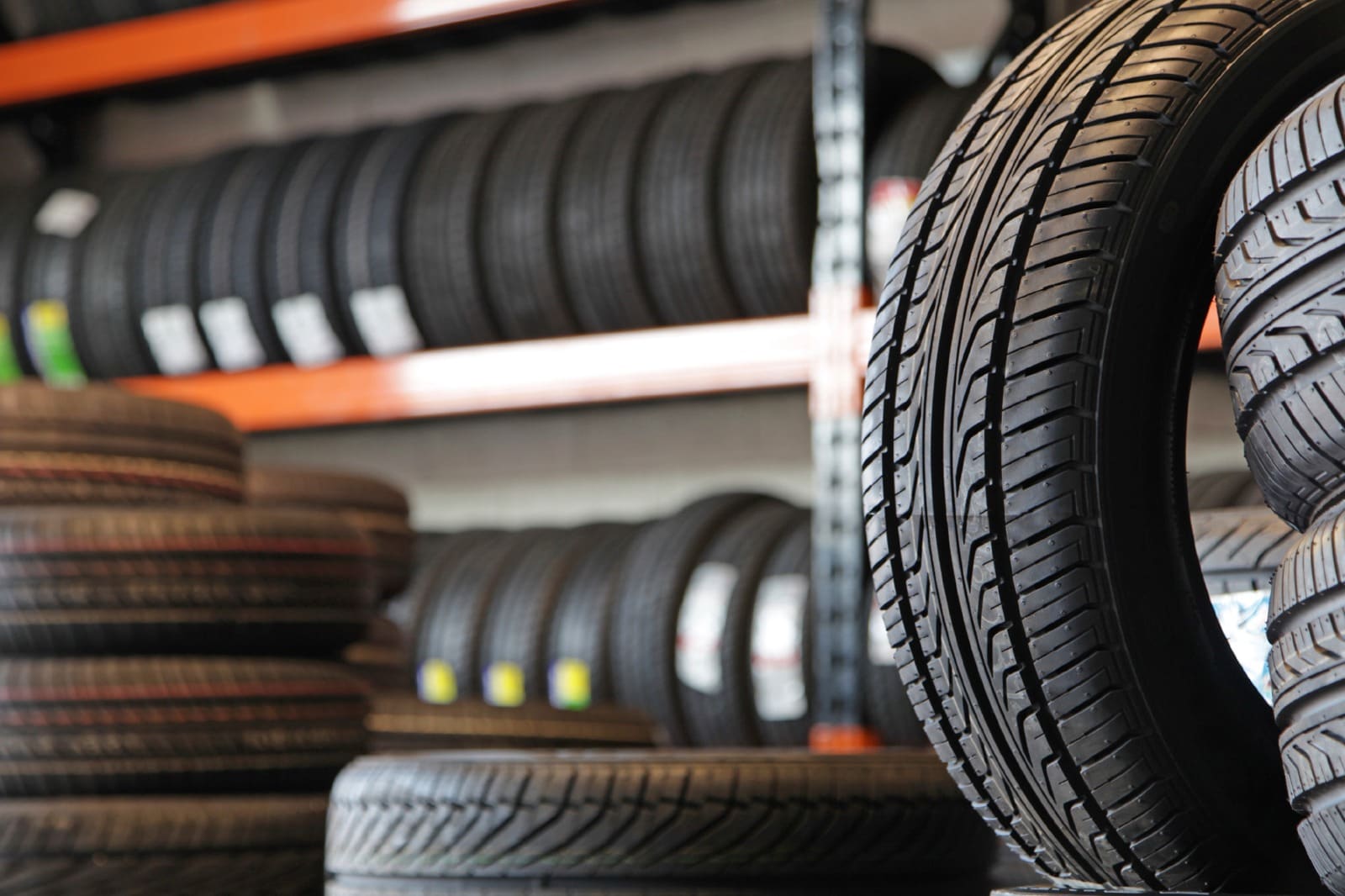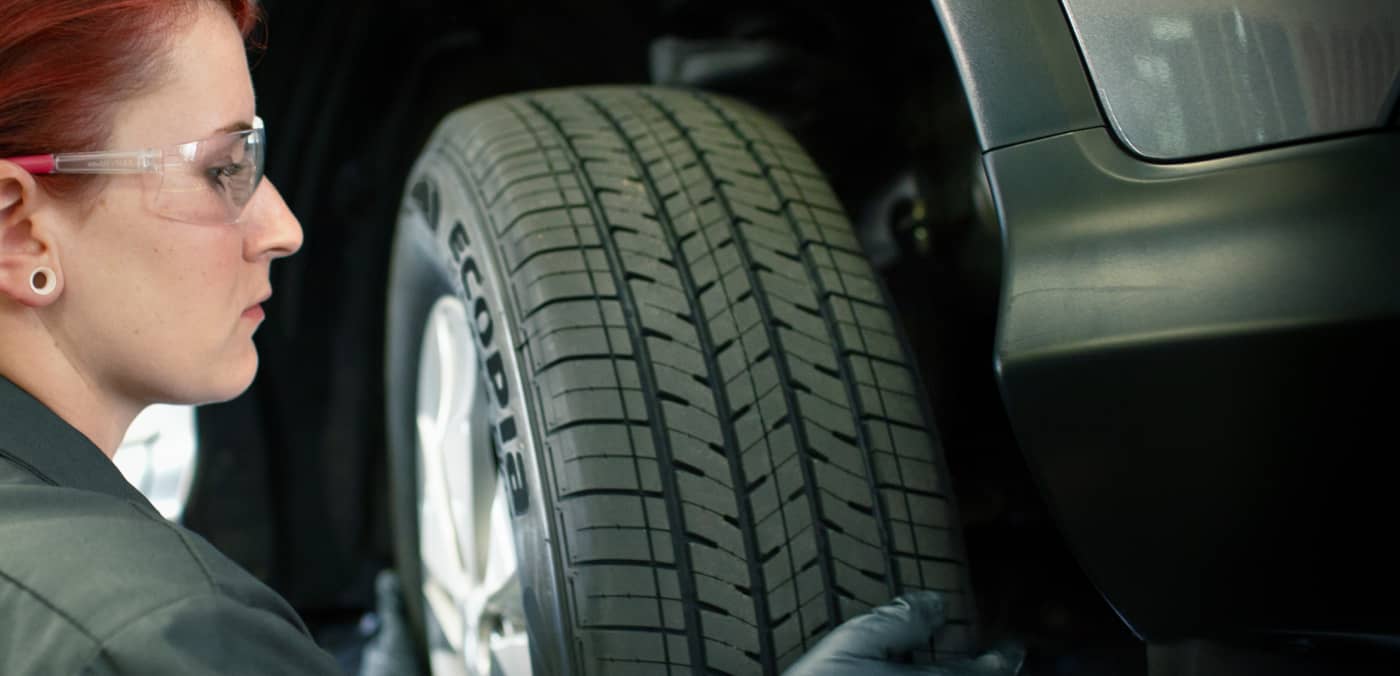All Categories
Featured
Table of Contents
I was able to get 100 hours out of among these tires, and while it had absolutely no tire lugs left on it, the soft substance made it work extremely wellas long as I was making use of a soft mousse. Kitt Stringer picture Easy placing - 3Wear - 3Sidewall stamina - 3Performance on roots - 4Performance on wet rocks - 2Traction on dirt - 5Cornering ability - 4Traction while stopping - 4Self-clearing of dirt and mud - 3Performance in mud - 3Overall predictability or tracking - 3 _ 37 Final thought: This is a good well-rounded tire with good worth for cash.

The wear corresponded and I such as how much time it lasted and exactly how regular the feeling was during use. This would certainly additionally be an excellent tire for faster races as the lug size and spacing little bit in well on rapid surface. Kitt Stringer picture Easy mounting - 3Wear - 3Sidewall toughness - 3Performance on roots - 4Performance on wet rocks - 4Traction on dust - 4Cornering ability - 4Traction while stopping - 5Self-clearing of dirt and mud - 4Performance in mud - 4Overall predictability or tracking - 4_42 Conclusion: I liked this tire a great deal.
If I needed to acquire a tire for difficult enduro, this would be in my leading choice. Easy mounting - 3Wear - 3Sidewall toughness - 3Performance on origins - 4Performance on damp rocks - 3Traction on dust - 4Cornering ability - 3Traction while stopping - 3Self-clearing of dirt and mud - 4Performance in mud - 4Overall predictability or monitoring - 3 _ 34 Verdict: This tire was extremely soft and flexible.
All the gummy tires I tested performed fairly close for the initial 10 hours or two, with the winners mosting likely to the softer tires that had far better traction on rocks (Tyres). Purchasing a gummy tire will absolutely provide you a strong advantage over a regular soft compound tire, however you do spend for that benefit with quicker wear
Cheap Tyres
Ideal value for the cyclist who wants decent efficiency while obtaining a reasonable amount of life. Best hook-up in the dust. This is an optimal tire for spring and loss problems where the dust is soft with some wetness still in it. These tested race tires are fantastic all over, yet wear swiftly.
My general champion for a hard enduro tire. If I had to invest cash on a tire for daily training and riding, I would certainly pick this.
Discount Tyres – Swan
I've been running a set of Michelin Power Pilot 2CT's on my track Daytona 675 for the previous year. In that time I have actually done 15 track days in all weathers from chilly wet to incredibly hot and these tires have never ever missed a beat. Tyre sales. I have actually done nearly 2,000 miles (3,200 kilometres) on them and as you can see from this shot of the front taken after initial session of my 15th track day on them, they still have rather a great deal of rubber left on them
Basically the 2CT is an amazing track day tire. If you're the kind of motorcyclist that is likely to come across both damp and completely dry problems and is beginning on course days as I was last year, after that I believe you'll be tough pressed to locate a far better value for cash and skilled tyre than the 2CT; a set of which will certainly set you back around 185 (US$ 300) in the UK.
Thinking of a far better all rounded road/track tyre than the 2CT must have been a tough job for Michelin. The outcome of that initiative is the Michelin Pilot Power 3 which essentially replaces the Pure. Do not confuse this new tyre with the roadway going Pilot Roadway 3 which is not created for track usage (although some cyclists do).
They inspire huge self-confidence and give fantastic grasp degrees in either the damp or the completely dry. When the Pilot Power 3 introduced, Michelin advised it as a 50:50% road: track tire. That message has just recently transformed because the tyres are now advised as 85:15% road: track usage rather. All the rider reports that I've read for the tyre rate it as a better tire than the 2CT in all locations but especially in the wet.
Honest Tyre Safety
Technically there are many differences in between the 2 tyres although both utilize a dual compound. Aesthetically you can see that the 2CT has fewer grooves cut right into the tyre yet that the grooves go to the edge of the tire. The Pilot Power 3 has more grooves for better water dispersal but these grooves do not get to the shoulder of the tyre.
One element of the Pilot Power 3 which is different to the 2CT is the brand-new 2CT+ innovation which prolongs the harder center section under the softer shoulders (on the rear tire). This ought to give a lot more security and decrease any "agonize" when increasing out of corners despite the lighter weight and more versatile nature of this brand-new tire.

I was slightly suspicious about these lower stress, it turned out that they were fine and the tyres carried out actually well on track, and the rubber looked much better for it at the end of the day. Equally as a factor of reference, various other (quick group) bikers running Metzeler Racetecs were utilizing tire stress around 22-24 psi for the rear and 24-27 psi on the front.
Thinking of a better all rounded road/track tyre than the 2CT must have been a difficult job for Michelin. The outcome of that initiative is the Michelin Pilot Power 3 which essentially changes the Pure. Do not perplex this brand-new tire with the roadway going Pilot Road 3 which is not designed for track usage (although some cyclists do).
Tyre Upgrades Near Me – Middle Swan WA
They inspire huge self-confidence and supply outstanding grip levels in either the damp or the completely dry. When the Pilot Power 3 launched, Michelin advised it as a 50:50% roadway: track tire. That message has just recently changed because the tires are currently suggested as 85:15% roadway: track use instead. All the motorcyclist reports that I've checked out for the tire price it as a better tire than the 2CT in all areas but specifically in the wet.

Technically there are rather a couple of differences in between the two tyres even though both make use of a twin substance. Visually you can see that the 2CT has fewer grooves reduced right into the tyre however that the grooves go to the edge of the tire. The Pilot Power 3 has more grooves for much better water dispersal yet these grooves don't reach the shoulder of the tire.
One facet of the Pilot Power 3 which is various to the 2CT is the new 2CT+ modern technology which expands the harder center area under the softer shoulders (on the rear tyre). This ought to offer a lot more stability and lower any "wriggle" when speeding up out of edges despite the lighter weight and more adaptable nature of this new tyre.
I was a little dubious about these reduced pressures, it transformed out that they were fine and the tires performed really well on track, and the rubber looked much better for it at the end of the day - Car tyre fitting. Simply as a point of recommendation, other (quick team) motorcyclists running Metzeler Racetecs were making use of tire pressures around 22-24 psi for the rear and 24-27 psi on the front
Latest Posts
Tyre Installation (Middle Swan)
Affordable Long-lasting Tyres – Caversham 6055 WA
Wheel Balancing Services – Swan